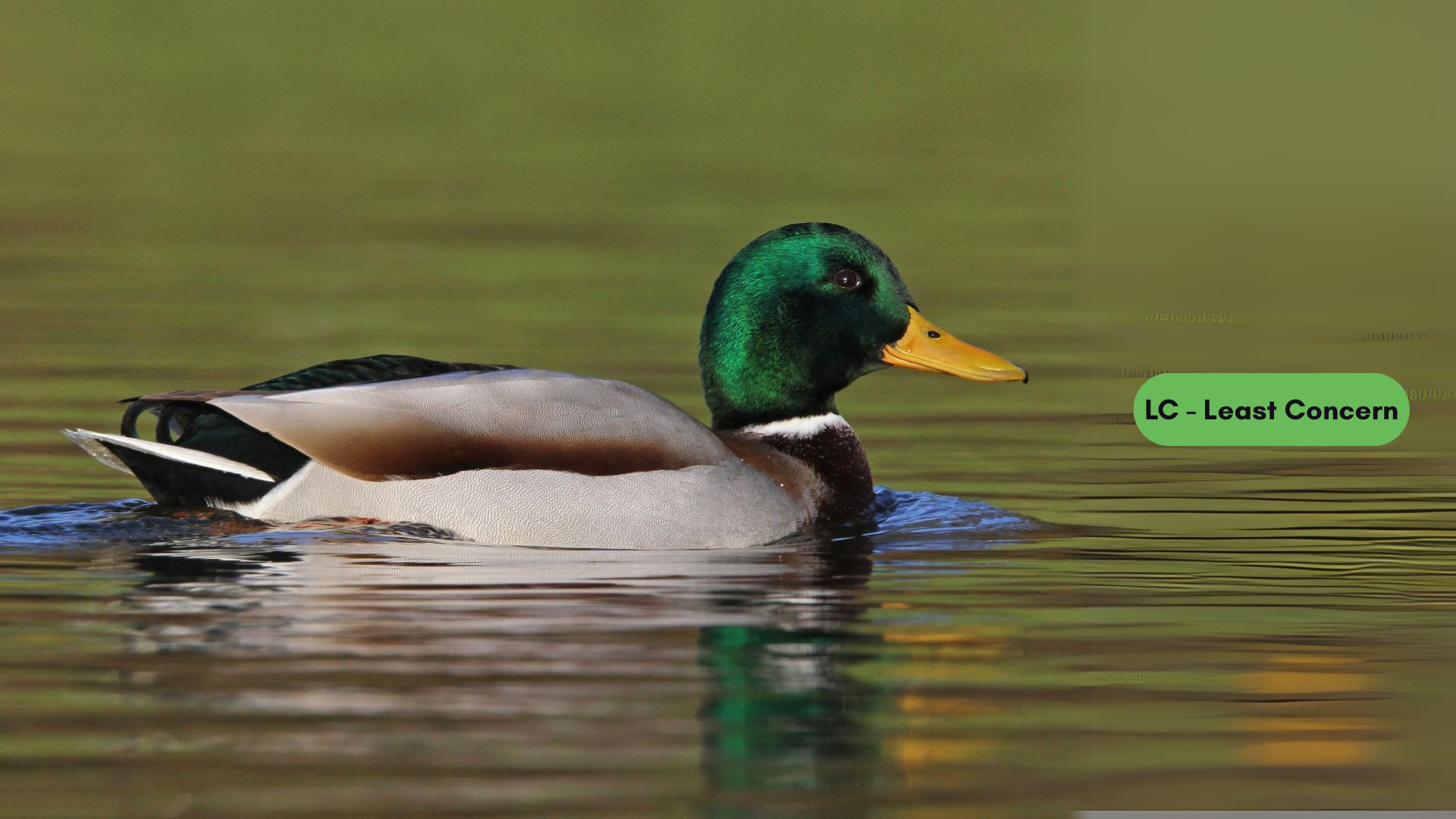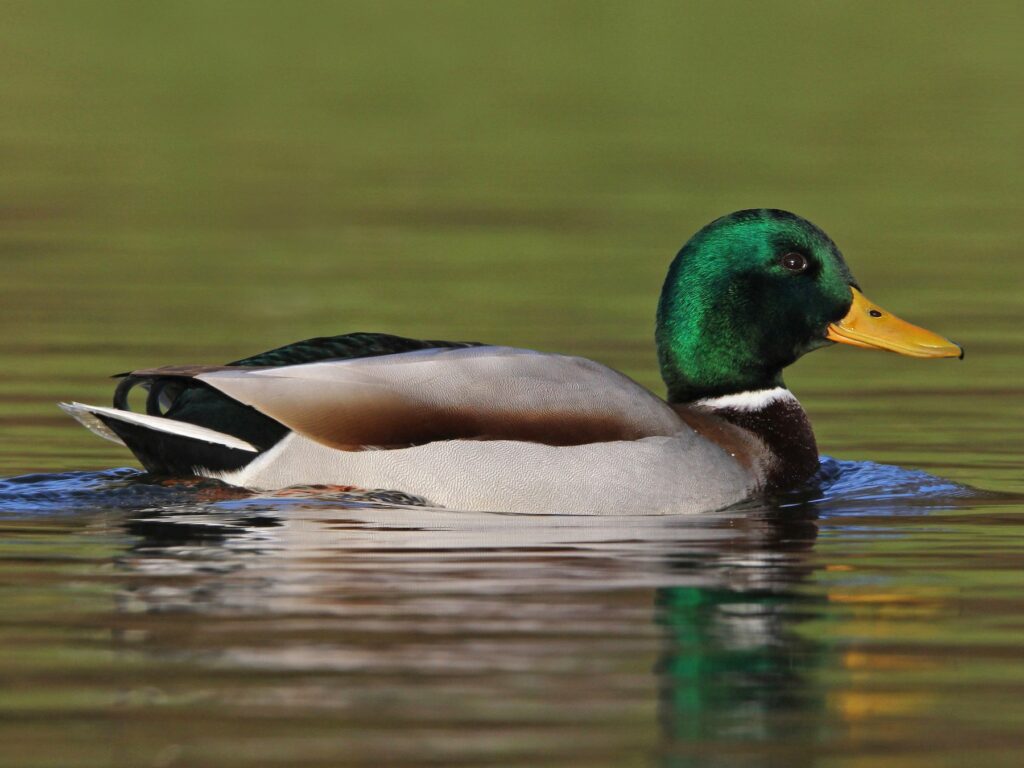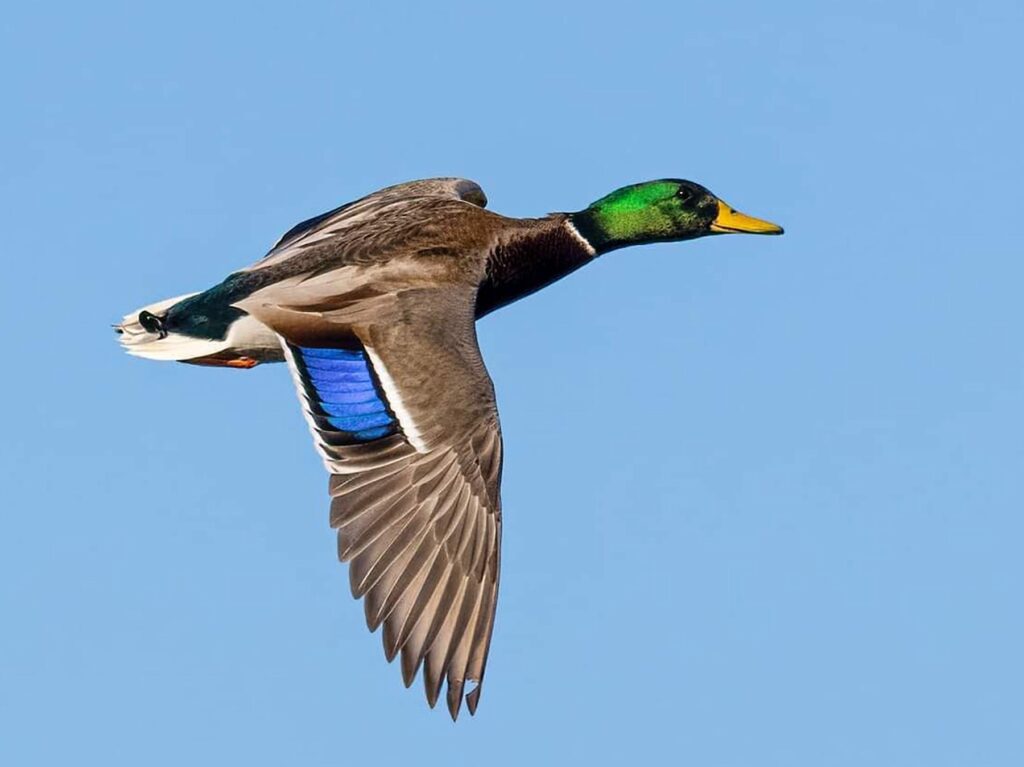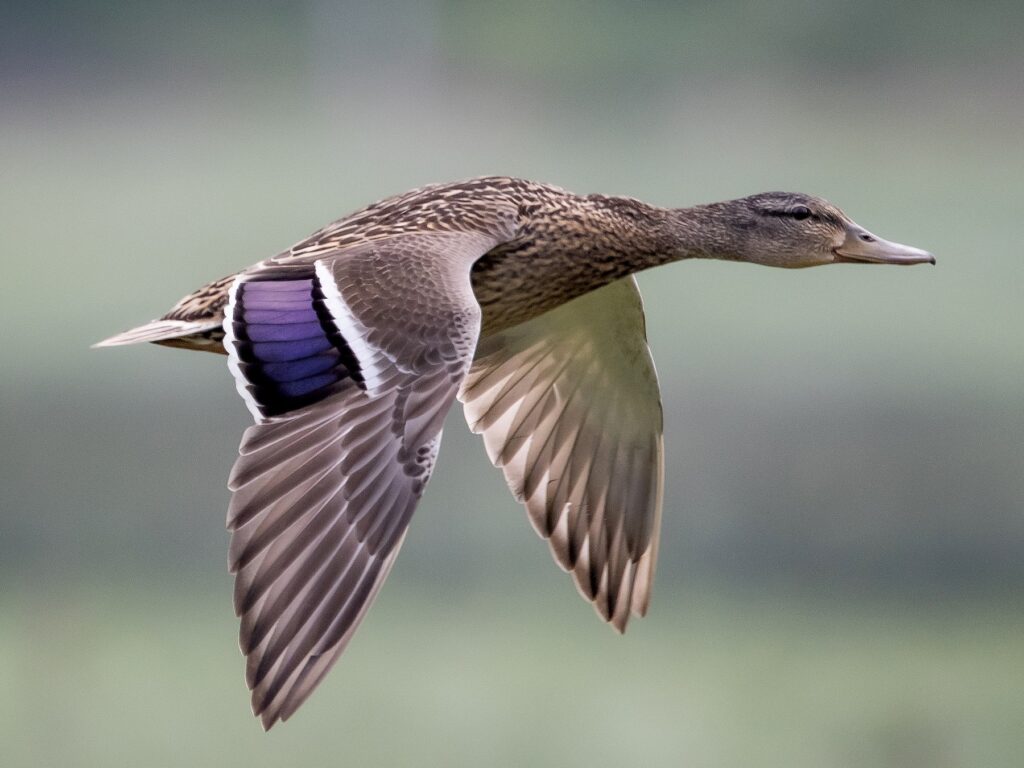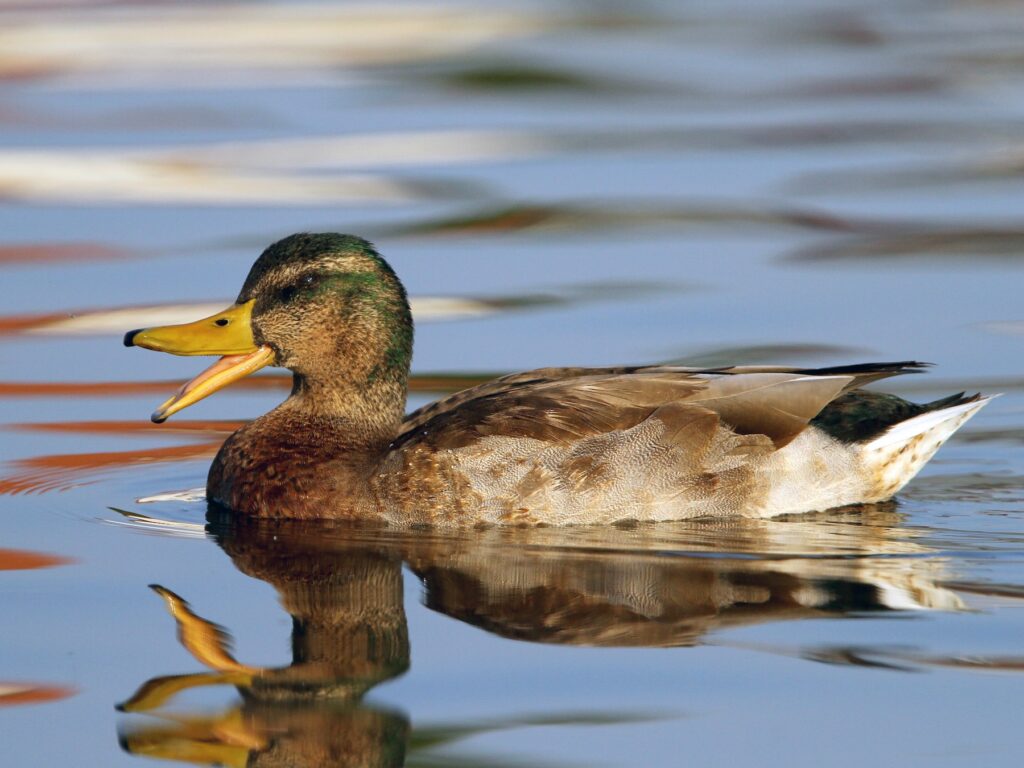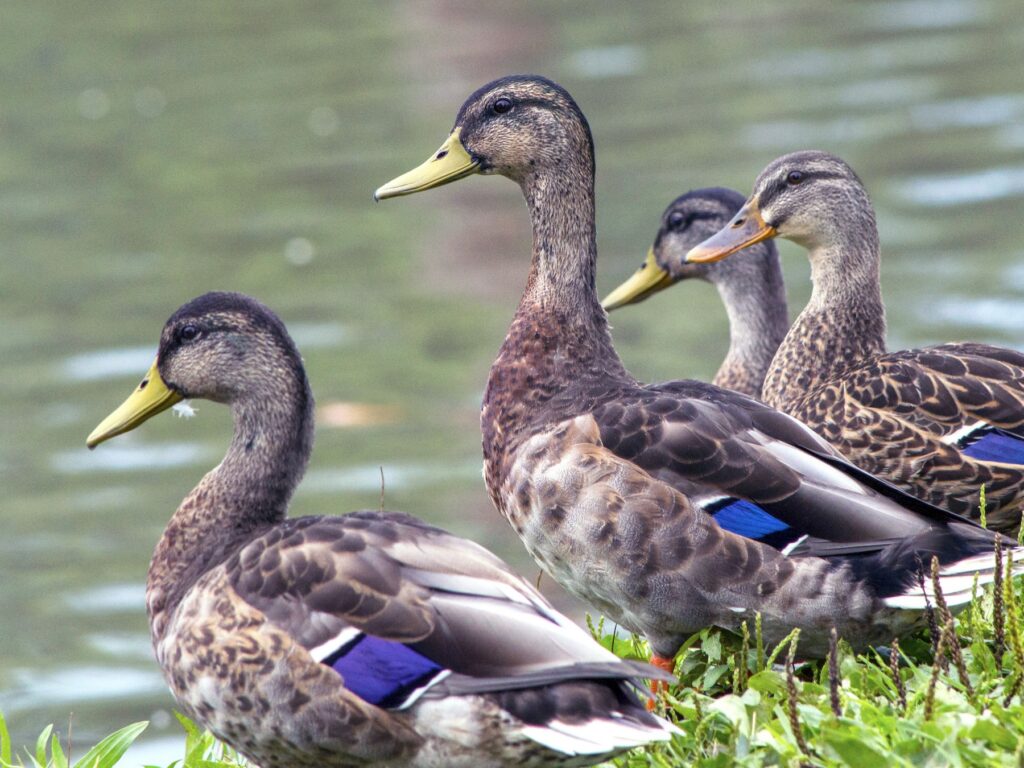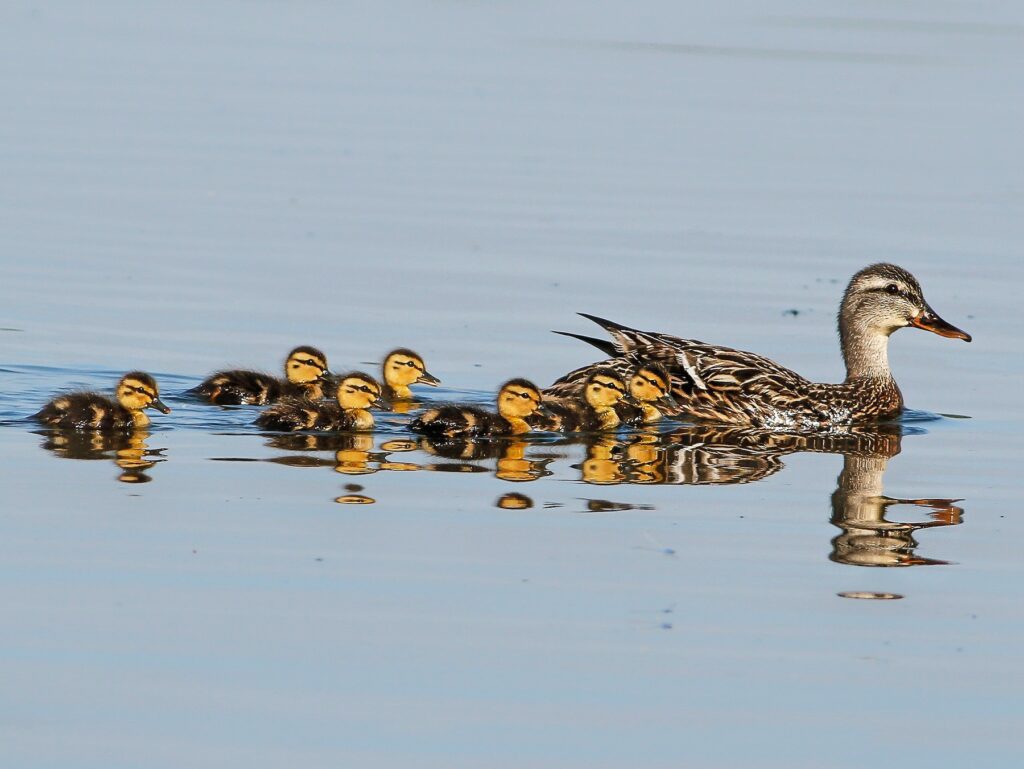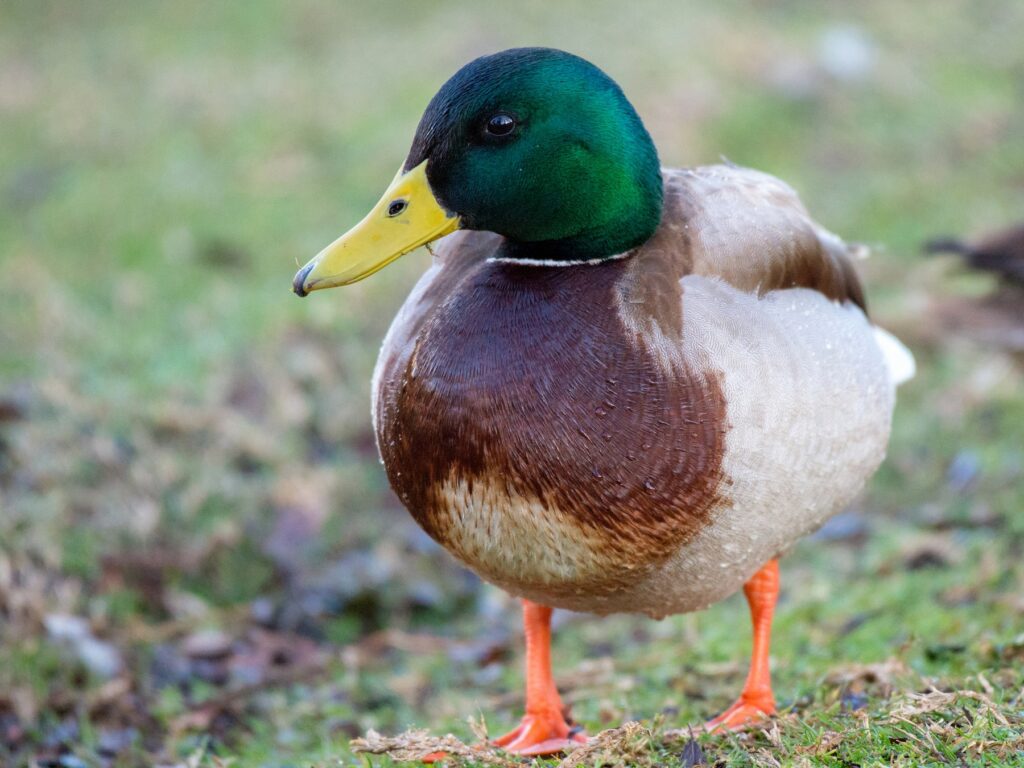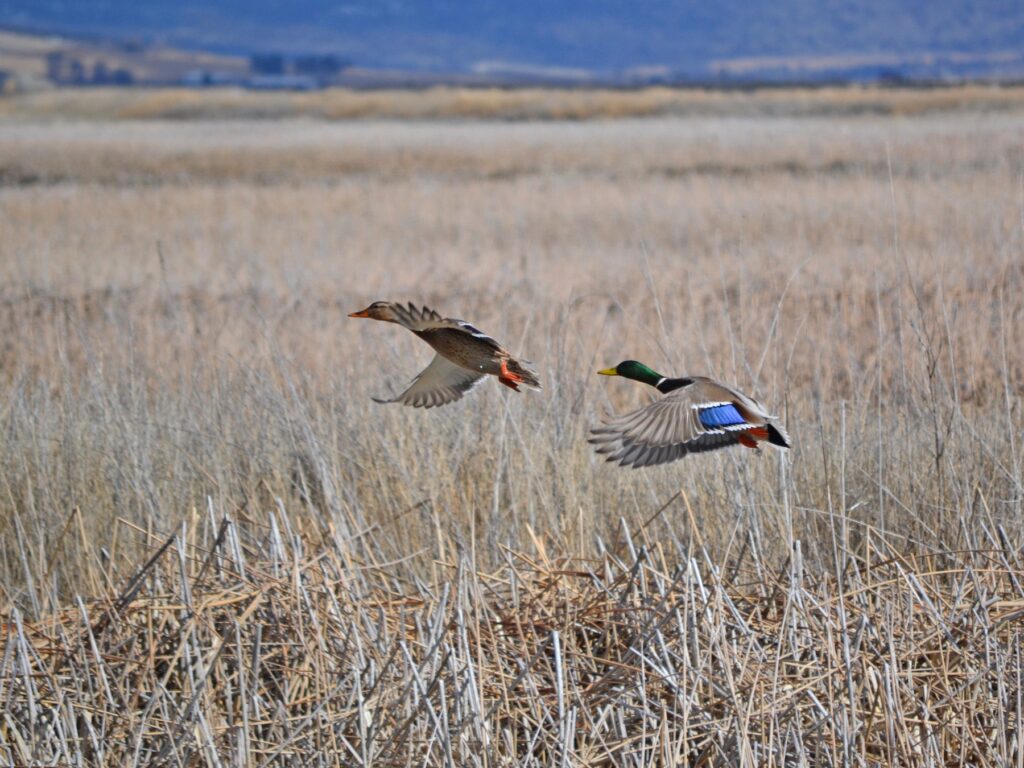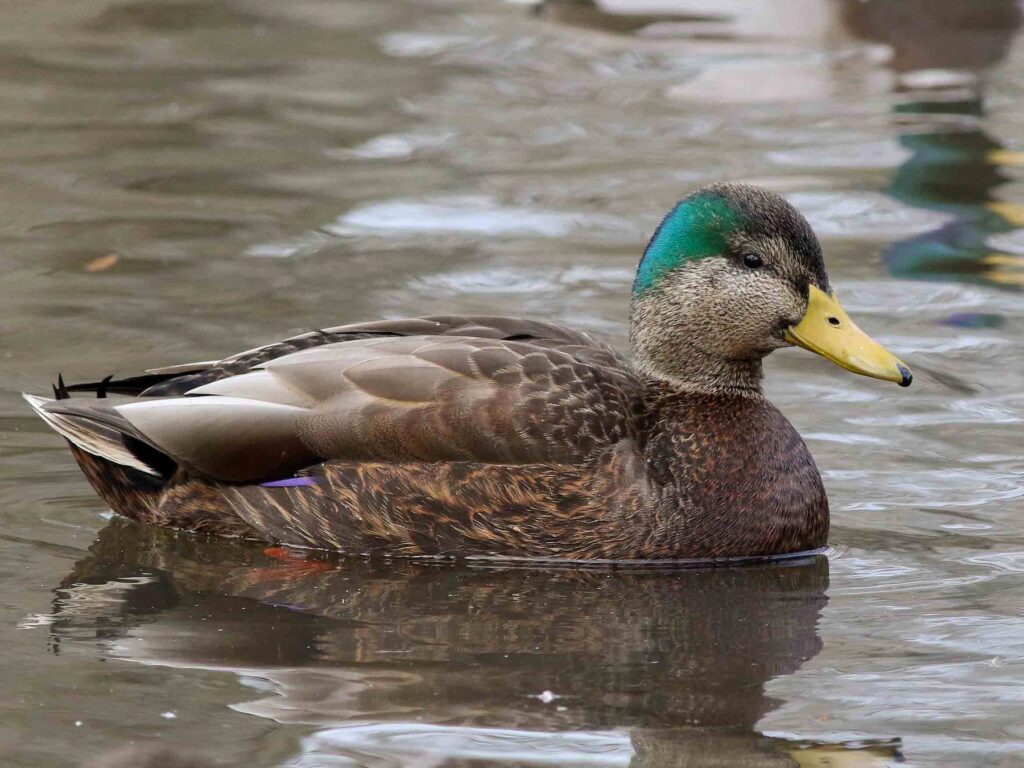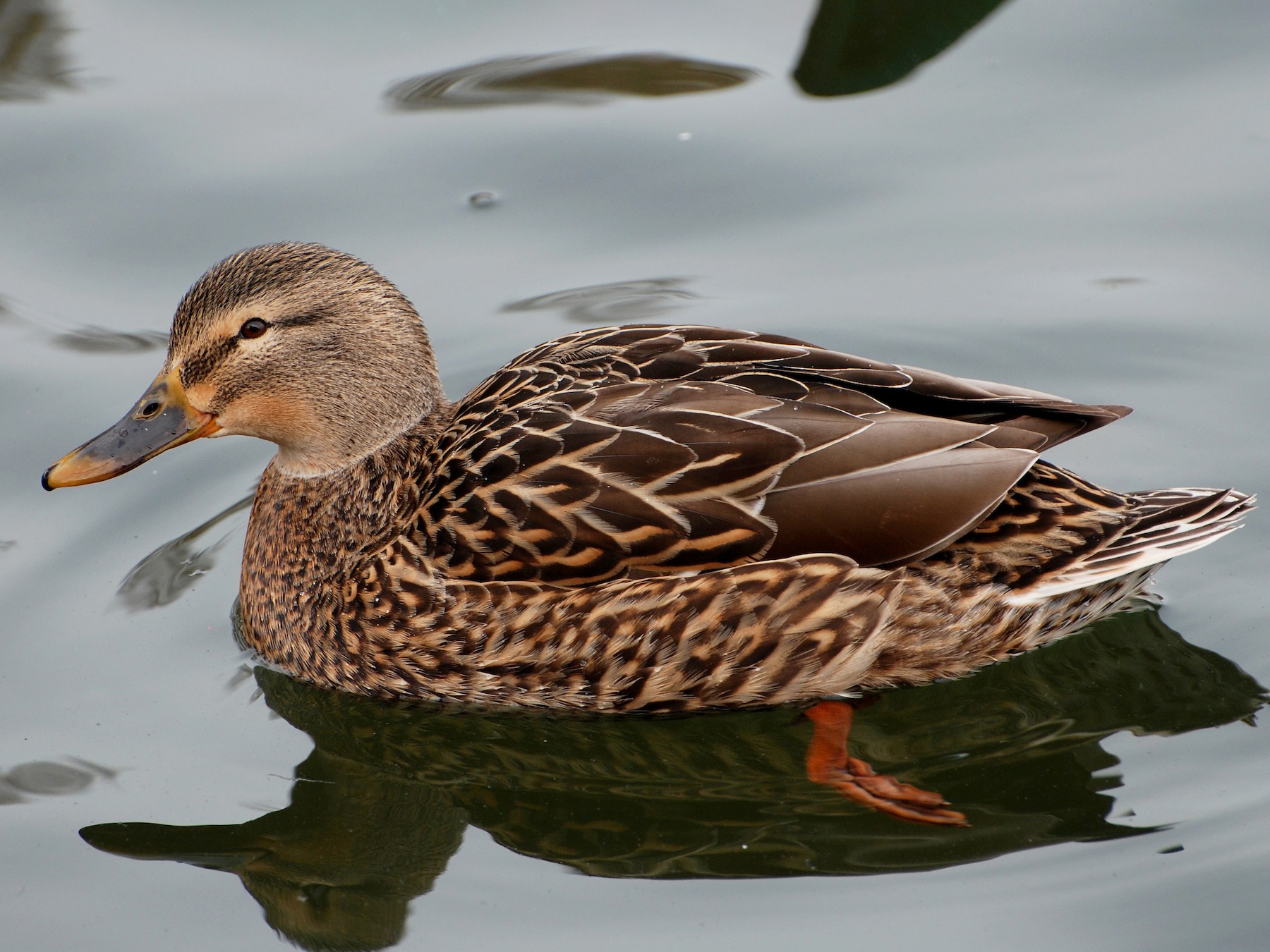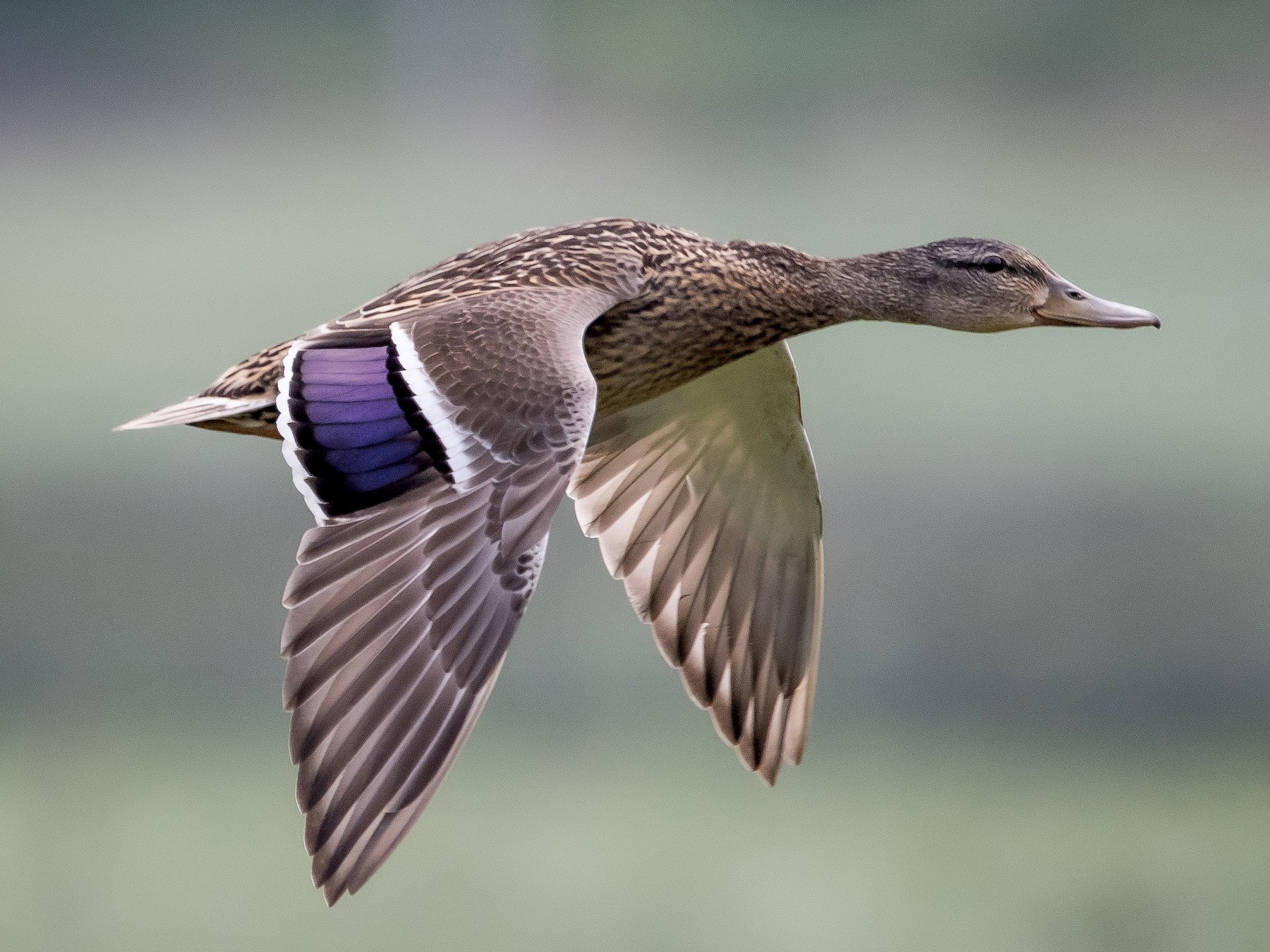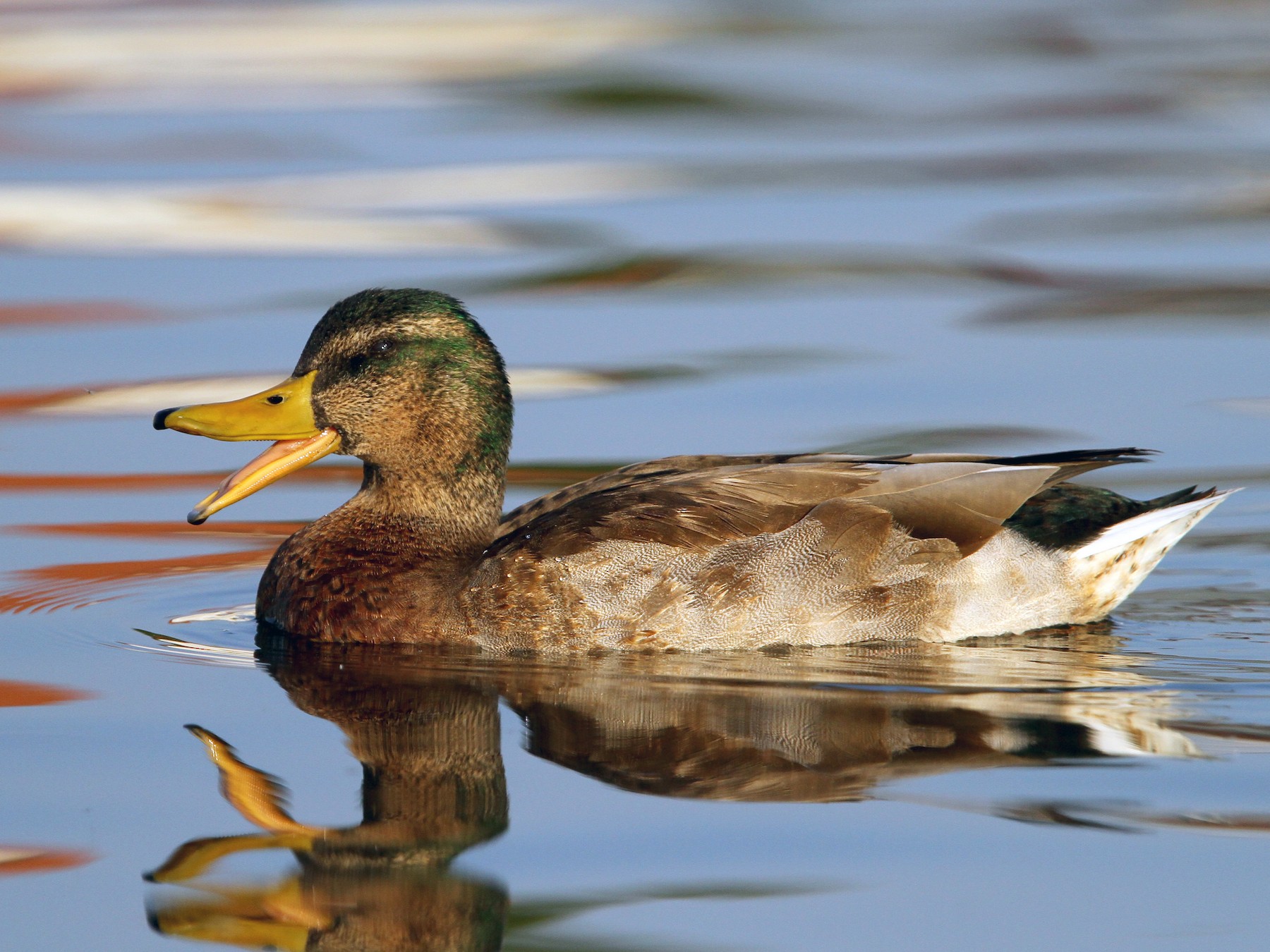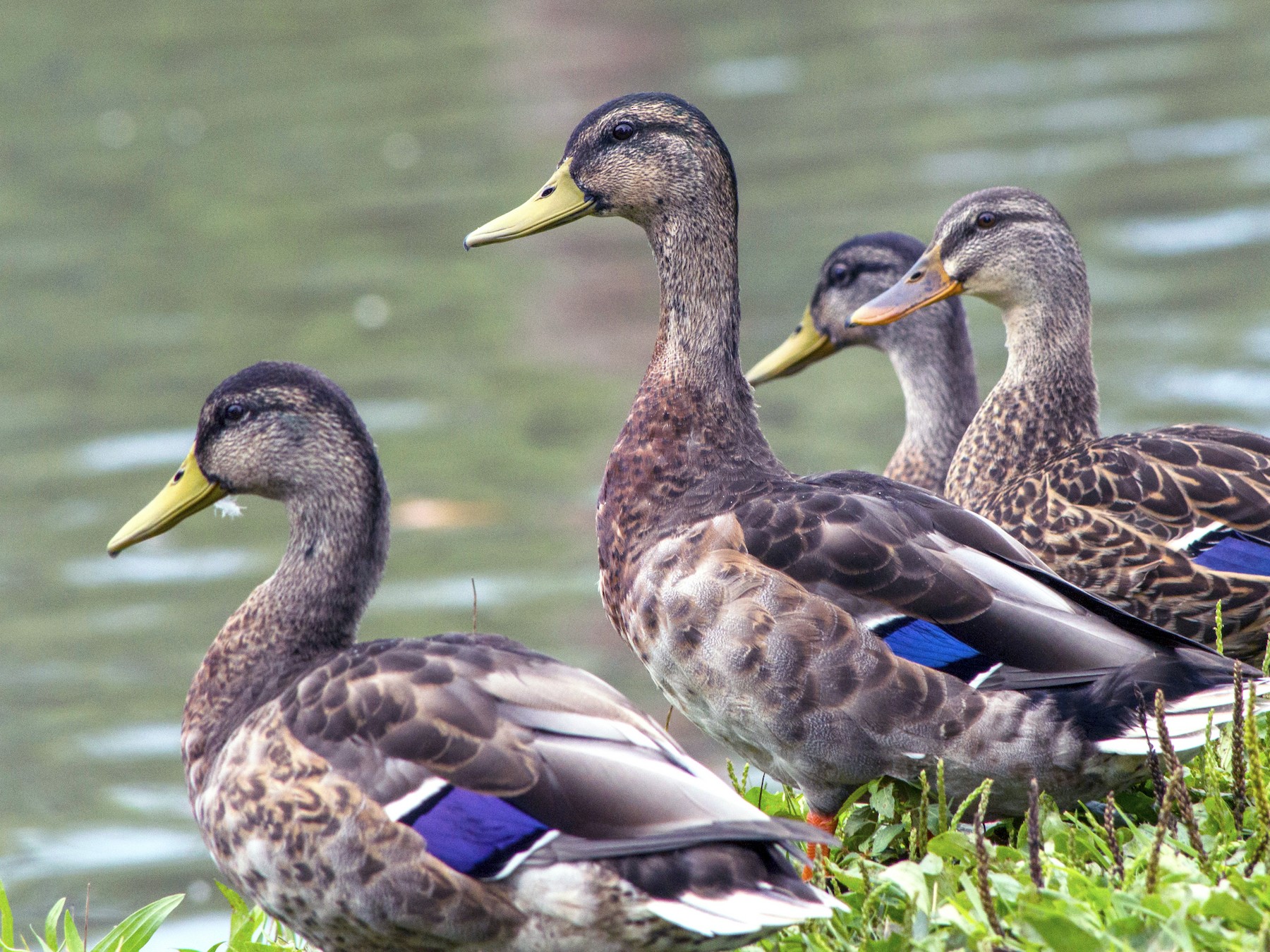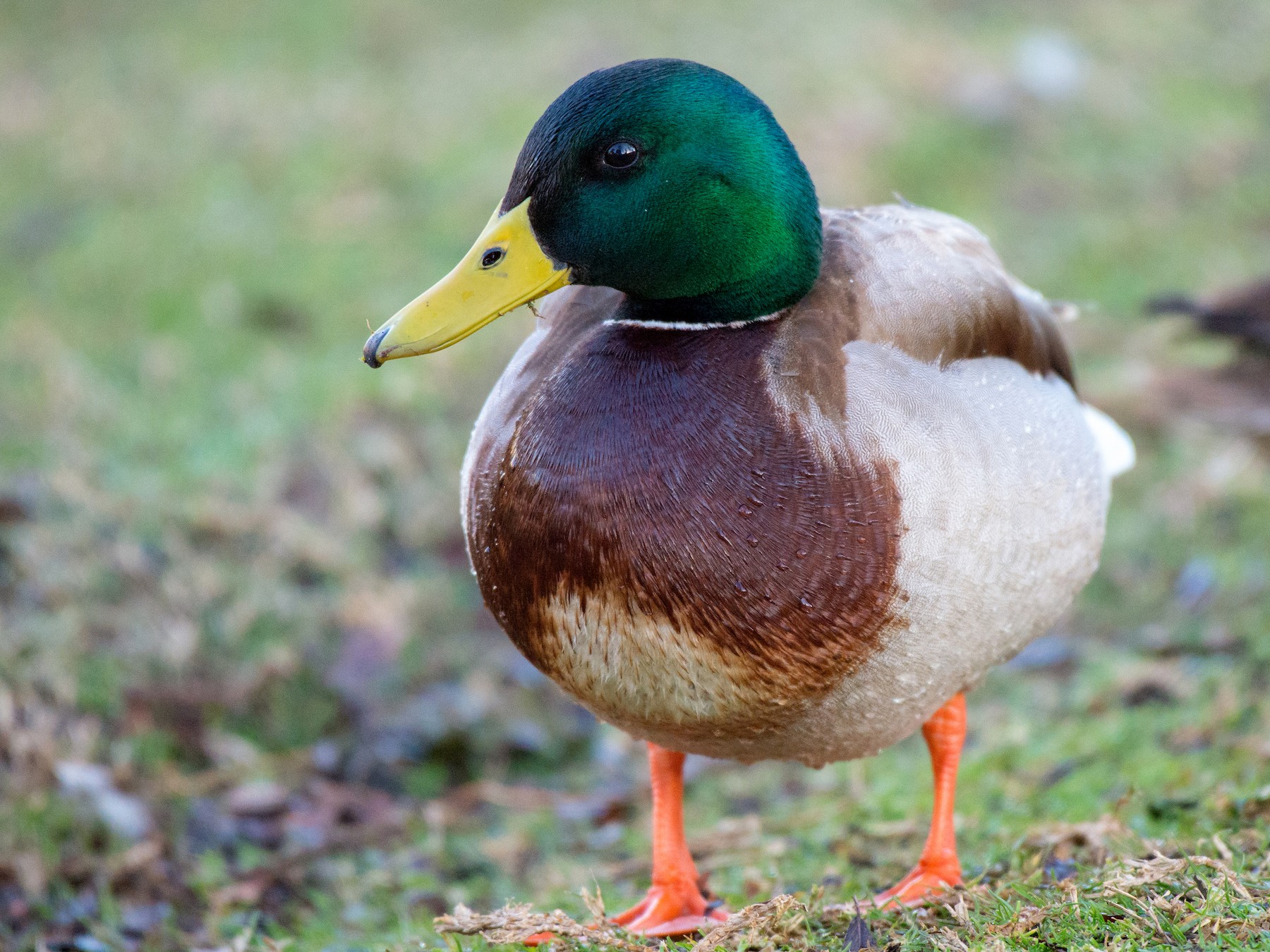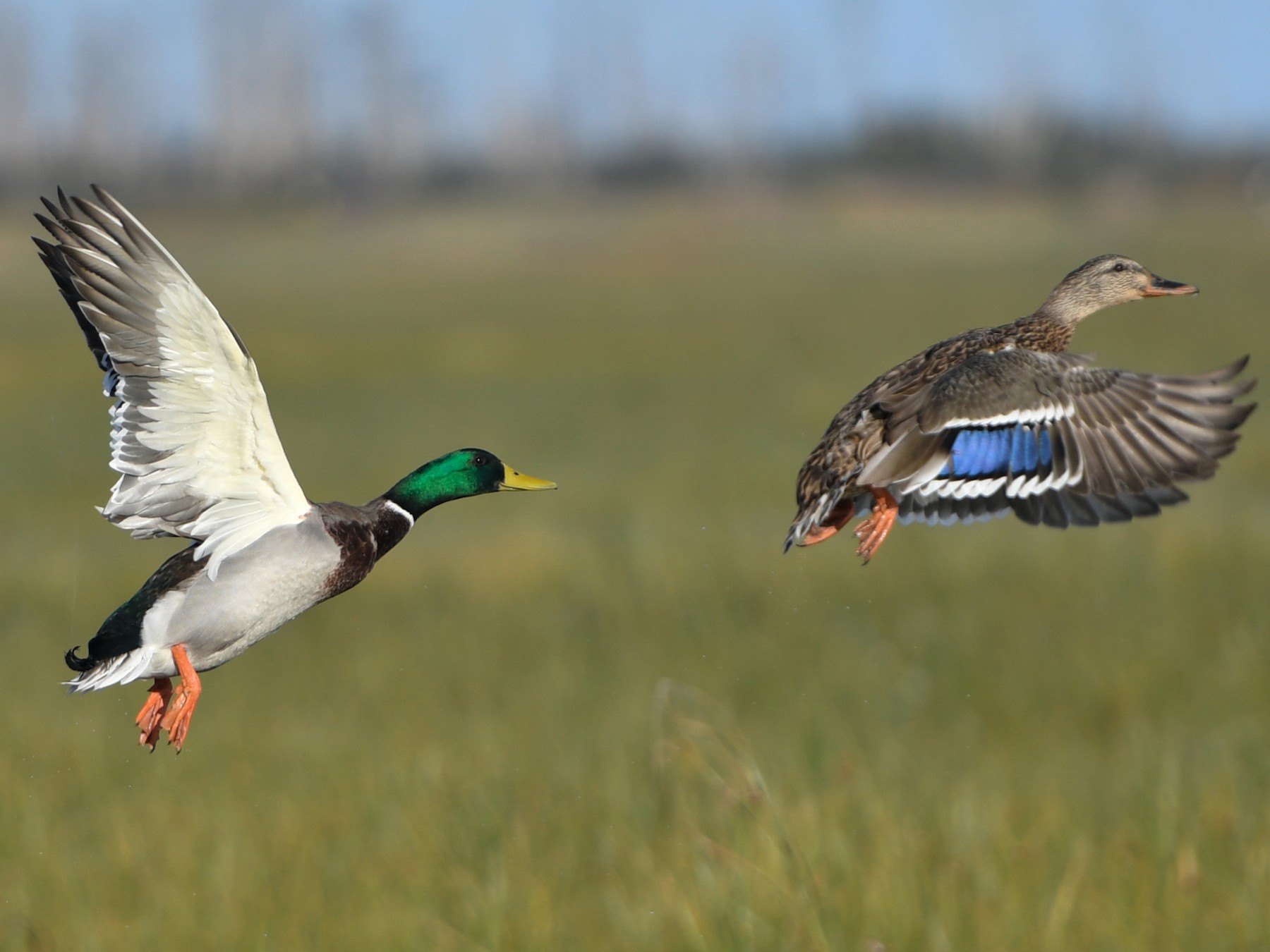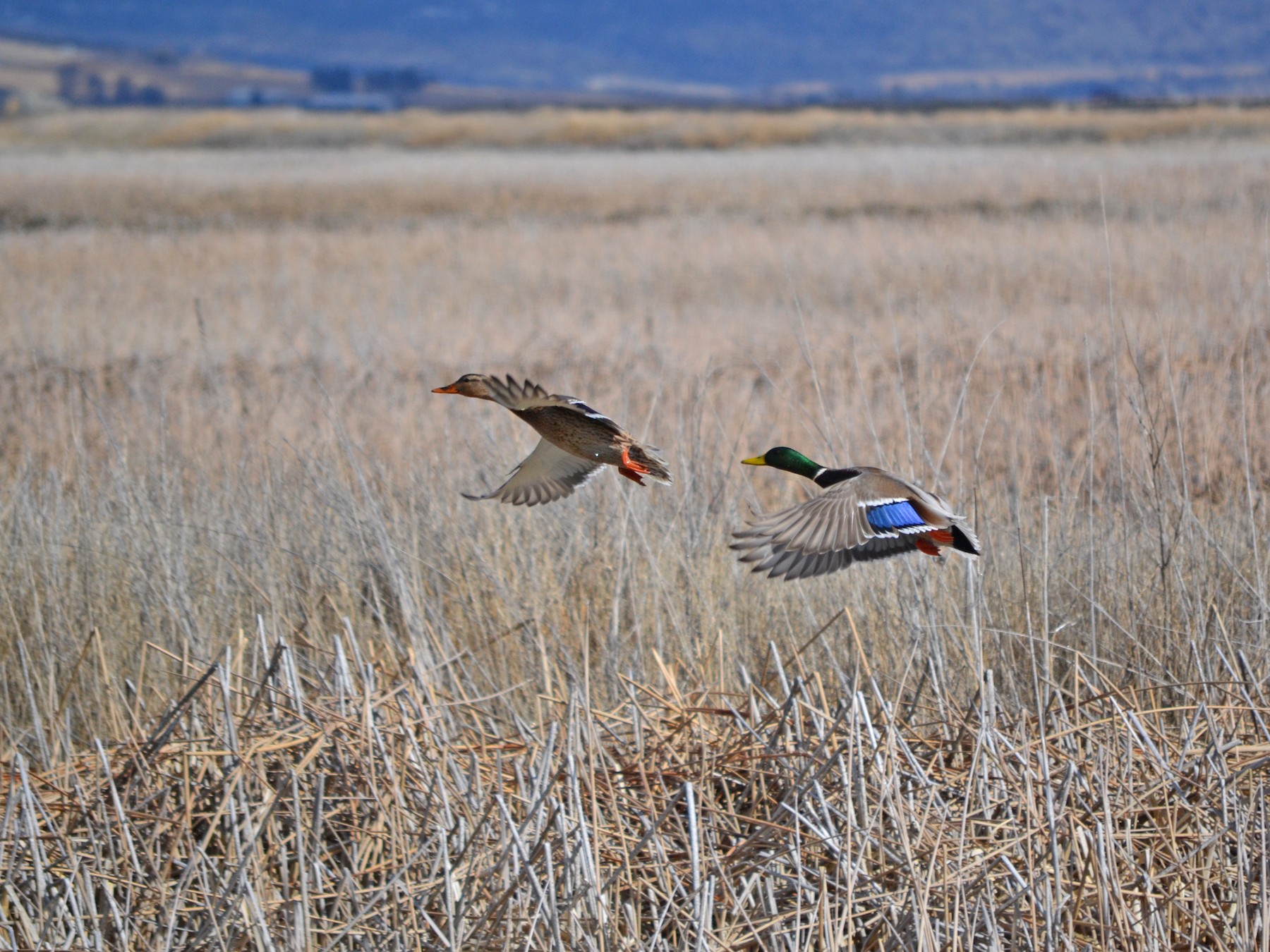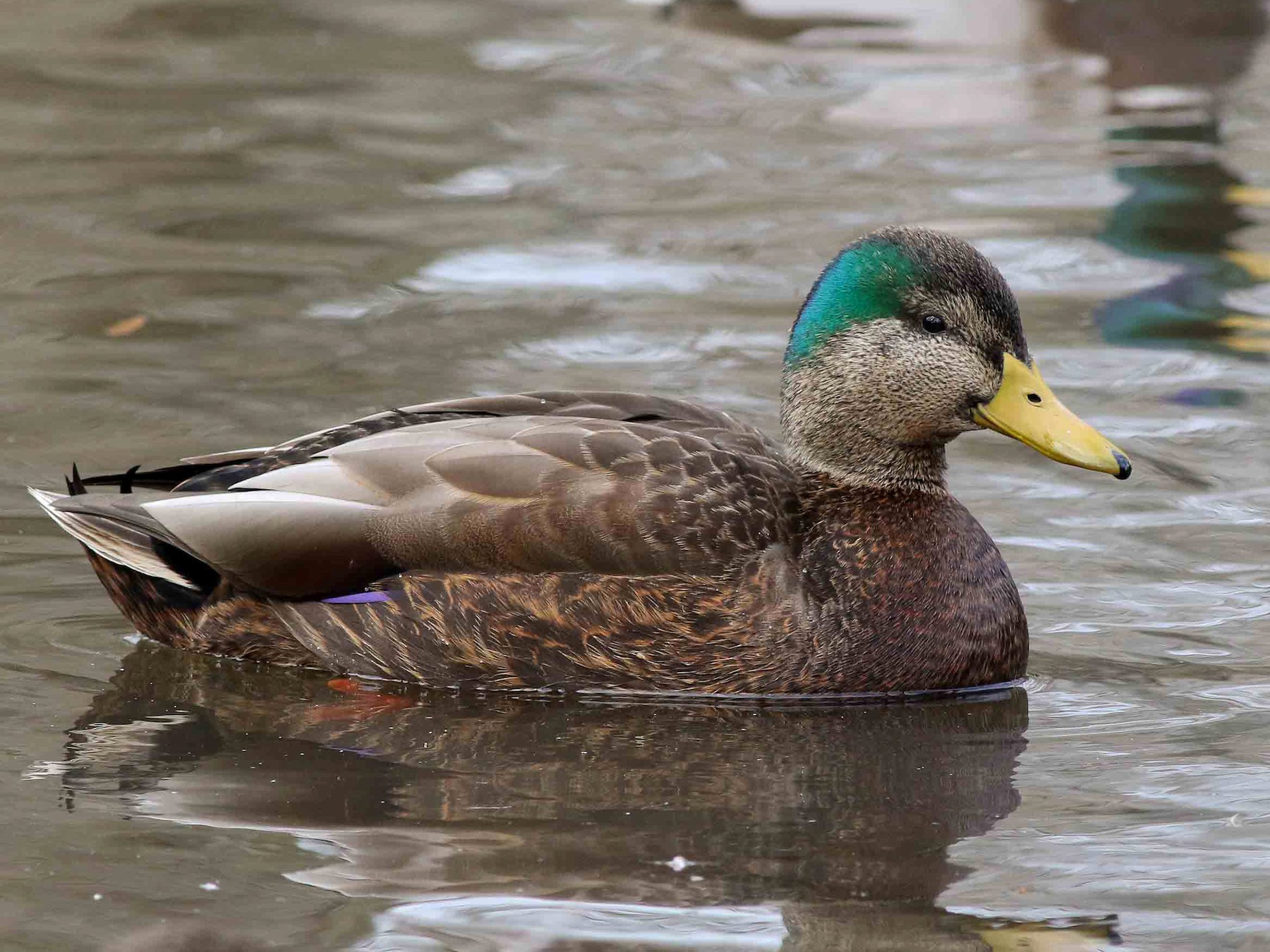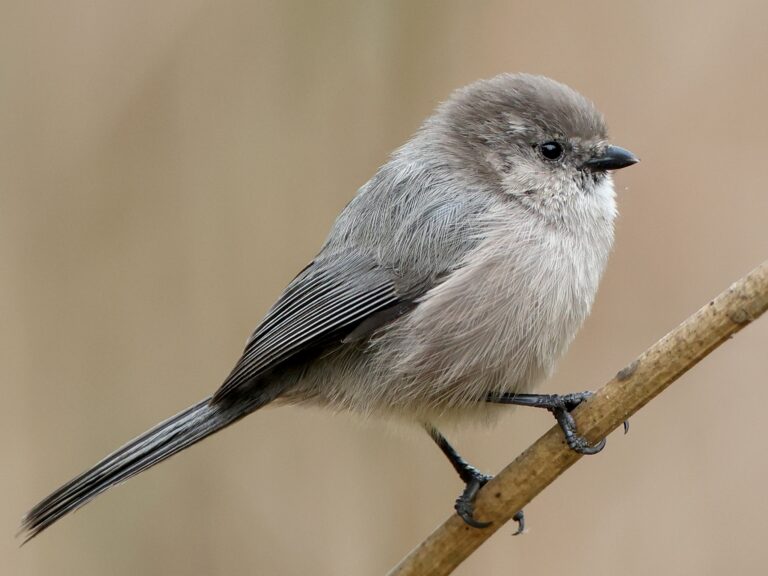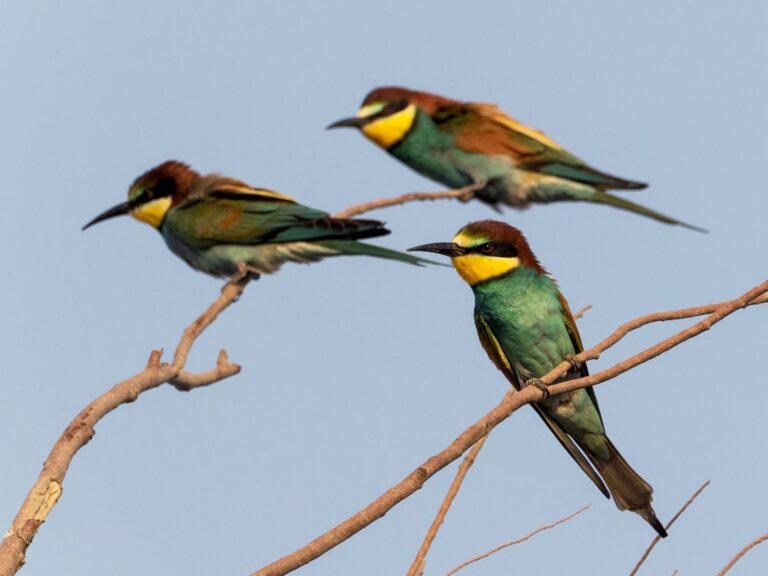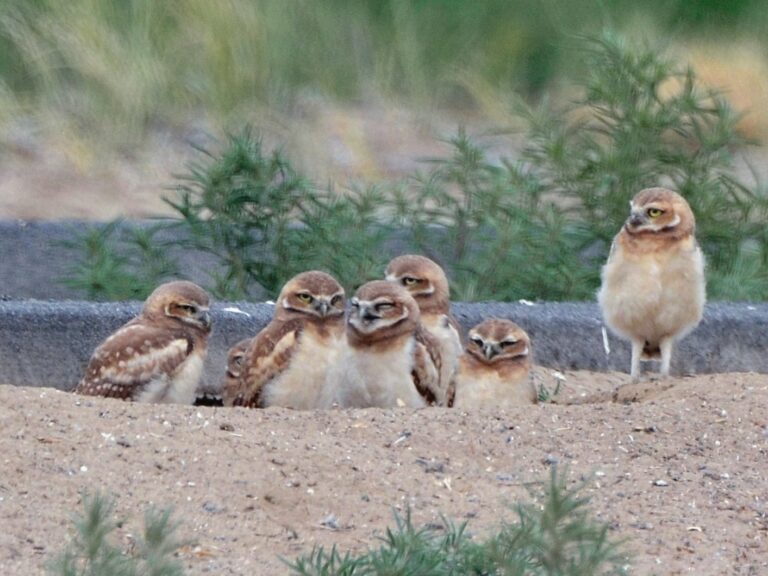Mallard Marvels: Discovering the Unique Traits of the Iconic Duck
The mallard stands out as one of the most recognized ducks worldwide. You can spot these birds by their vibrant green head, orange bill, and that unmistakable quack. Mallards show up in all sorts of habitats across the globe. They thrive in both city parks and quiet countryside ponds.
Bird watchers love them, and honestly, they play a big role in their local ecosystems too. As a versatile feeder, the mallard munches on aquatic plants, insects, and the occasional small fish. Their adaptability really shows in their migratory habits.
- Mallards are known for their bright colors and distinctive features.
- They have a flexible diet and can live in diverse environments.
- Their migration patterns show their ability to adapt to different climates.
Mallard Identification and Physical Characteristics
The Mallard, or Anas platyrhynchos if you want to get scientific, is a common duck with some pretty unique characteristics. These traits make it easier to tell males from females and spot their markings and quirks.
Plumage and Sexual Dimorphism
Male Mallards—drakes—really catch your eye with their bright green heads and yellow bills. Their bodies are mostly gray, and there’s a white ring around the neck. In flight, you can’t miss the blue speculum on the wing, bordered by white. Females, or hens, wear a more practical mottled brown, which helps them hide from predators.
Even though they’re not as flashy, hens also have that blue speculum. The difference in color between drakes and hens makes it pretty simple to tell them apart.
Distinctive Features and Markings
Both sexes share a broad, rounded head and a fairly long neck. The drake’s yellow bill pops against his green head, while hens have a bill that’s more orange-brown.
Look for that blue wing patch—it’s a reliable clue. Also, both make the classic “quack,” though hens tend to be chattier.
Behavioral Traits
They feed in shallow water, which is why some folks call them puddle ducks. They dabble for aquatic plants, seeds, and insects.
During mating season, drakes get pretty showy with their courtship displays—lots of color and noise to impress the hens. You’ll often spot mallards in groups, which helps them stay safe and find food. They adapt to all sorts of places, from city parks to quiet rural ponds.
Habitat and Global Range
Mallards seem to pop up just about everywhere. They really know how to make themselves at home in wetlands, lakes, and even the heart of a city.
Wetlands and Water Bodies
Wetlands are a mallard favorite. They go for spots with lots of vegetation and clean water. Think ponds, marshes, and lakes—all great for food and shelter. These places are key for breeding and migration.
Mallards eat aquatic plants, insects, and small fish they find in these habitats. You’ll often see them dabbling in the shallows, searching for snacks. Big mallard populations cluster around the Great Lakes, Mississippi River Basin, and plenty of reservoirs in North America. These spots are vital for keeping duck numbers healthy.
Urban and Suburban Environments
Mallards don’t shy away from city life. You’ll see them in parks, ponds, and even on golf courses. They use artificial ponds and lakes in urban parks, and they’ll happily eat in gardens and green spaces. Their city presence means more folks get to see wildlife up close—maybe even without leaving their neighborhood.
Feeding Habits and Diet
Mallards eat just about anything they can find. Their menu includes both plant and animal fare—talk about adaptable.
Natural Diet
They go for grasses, grains, and all sorts of aquatic plants. Seeds matter a lot, especially in breeding season when energy demands go up.
They also snack on insects, snails, and aquatic invertebrates for protein. In winter, corn and grains from farm fields become their mainstay. The seasonal shift in food really shapes their habits.
Foraging Behavior
Mallards don’t mind mixing things up when it comes to finding food. They dabble at the surface or dive down if they need to. When they forage in flocks, they help each other find the good stuff. One bird’s discovery can mean lunch for everyone.
In wetlands, they’ll root around in the mud for aquatic vegetation and invertebrates. You’ll see them hunting in fields, marshes, or wherever the pickings are best. If you want to dig deeper, check out studies on their dietary habits and feeding ecology.
Breeding, Reproduction, and Life Cycle
Mallards have a pretty straightforward breeding cycle. Let’s talk about how they pair up, nest, and raise those fuzzy ducklings.
Breeding Season and Mating Behavior
The breeding season kicks off in late winter and runs through spring. Males claim their turf and show off with head bobbing, preening, and lots of noise to win over a mate.
Once they pair up, they usually stick together for the season. They pick wetlands or shallow ponds for nesting—food and safety matter a lot.
Nesting and Egg Laying
You’ll find mallard nests on the ground, hidden in tall grass or reeds. The female builds it from grass, down, and plants. She lays 8 to 12 pale green or blue eggs. After the last egg, she incubates them for about 28 days, only leaving briefly to eat.
Breeding success depends on the quality of the habitat and how many predators are lurking around.
Duckling Development
When the eggs hatch, ducklings are on the move within hours. The mother leads them straight to water. They eat aquatic plants, insects, and tiny invertebrates. Ducklings grow fast, picking up survival skills from mom as they go.
They’re ready to fly at around 50 to 60 days old. That’s a quick turnaround for getting airborne. If you’re curious about the details, there’s a study on the annual reproductive cycle in Mallards.
Mallard Migration and Adaptations
Mallards pull off some impressive migrations and have developed neat tricks to survive just about anywhere. Let’s dig into how they manage all that travel and adaptation.
Migration Patterns
Mallards migrate when the seasons change. They head south for the winter and return north in spring. They follow major waterways, which makes sense for food and safety. Some can cover up to 1,000 miles a day—impressive, right?
They fly in V-shaped flocks, which helps them cut through the wind. Weather and food availability decide when they leave; sometimes, they’ll stick around longer if conditions are good. Predators can be a problem during migration, so mallards pick their stopover spots carefully.
Adaptations for Survival
Strong wings help mallards go the distance. Their navigation skills are top-notch—they use the sun, stars, and even the Earth’s magnetic field. A waterproof feather coating keeps them dry and warm on those long flights. That’s crucial for staying healthy.
Their diet changes with the seasons, so they always find something to eat. In cities, they’ve learned to forage in parks and ponds, proving just how adaptable they are. Want to know more? There’s a comprehensive study on mallard migration ecology.
Frequently Asked Questions
People have plenty of questions about mallard ducks. Here are a few common ones about their looks, where they live, and what they eat.
What distinguishes a mallard duck from other duck species?
You can spot a mallard by the male’s iridescent green head and their distinctive coloring. They show up in both freshwater and saltwater spots, making them one of the most adaptable ducks around.
What are the identifying characteristics of a female mallard?
Female mallards show off mottled brown feathers that help them disappear into the background. You’ll notice their orange bills, usually dotted with dark spots.
They also have a white neck patch—honestly, that’s pretty distinctive if you’re scanning for female ducks in a crowd.
How can you differentiate between a male and female mallard duck?
Male mallards, or drakes, sport flashy green heads and a grayish body. There’s a white ring wrapped around the neck that really sets them apart. Females, on the other hand, keep things subtle with brown, camouflaged plumage, especially handy when they’re nesting.
What does the typical diet of a mallard consist of?
Mallards don’t stick to just one thing—they’re omnivores. They go for aquatic plants, seeds, insects, and even small fish if the opportunity pops up. You’ll often catch them foraging in shallow water or just waddling around on land, always looking for their next snack.
How did the mallard duck become a widespread species?
Mallards adapt to all sorts of environments, which explains why you can spot them just about anywhere. People have also introduced them to new places for hunting or conservation, so they’ve really gotten around.
What are the primary habitat preferences of mallard ducks?
Mallard ducks really love hanging out near freshwater—think ponds, lakes, and rivers. They’ll happily settle in marshes and wetlands too.
These spots offer plenty of plants to munch on and enough cover to keep them safe from predators. It’s honestly not surprising they keep coming back to these areas for breeding and feeding.
